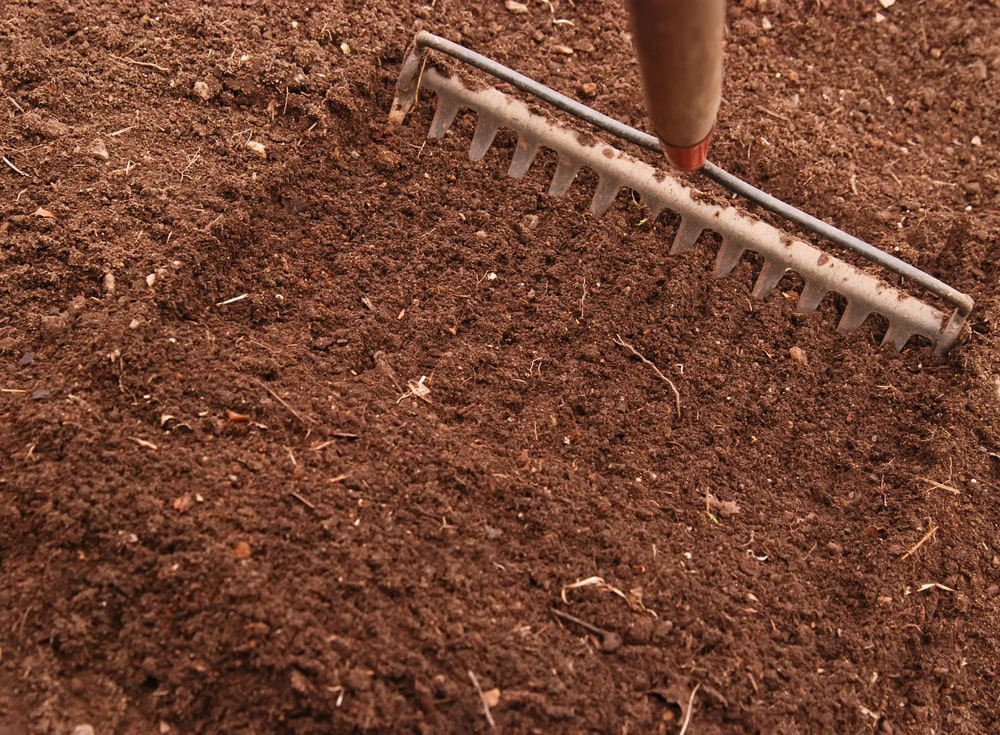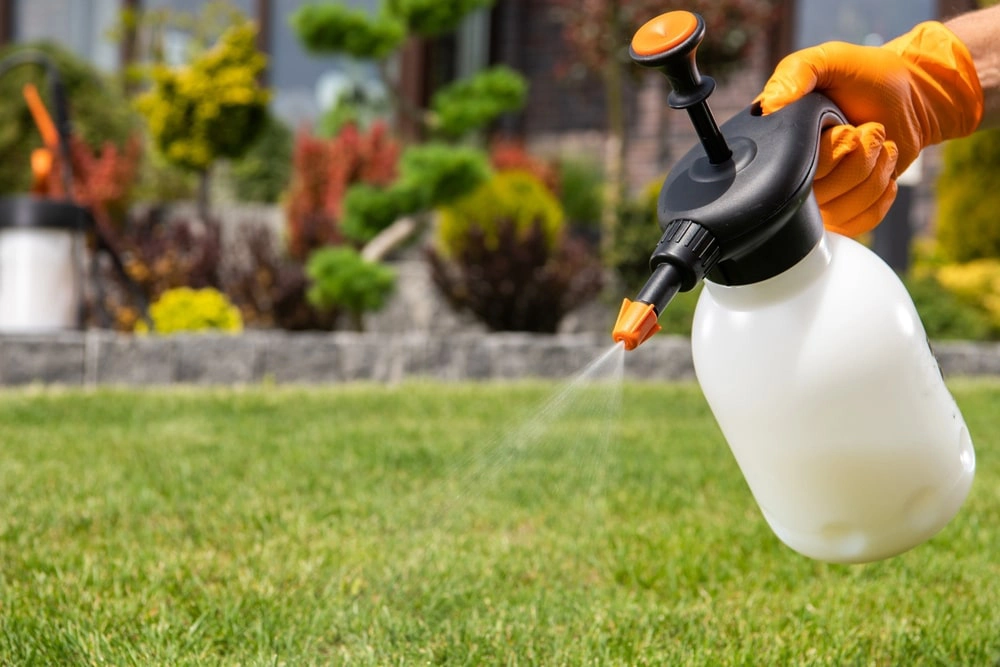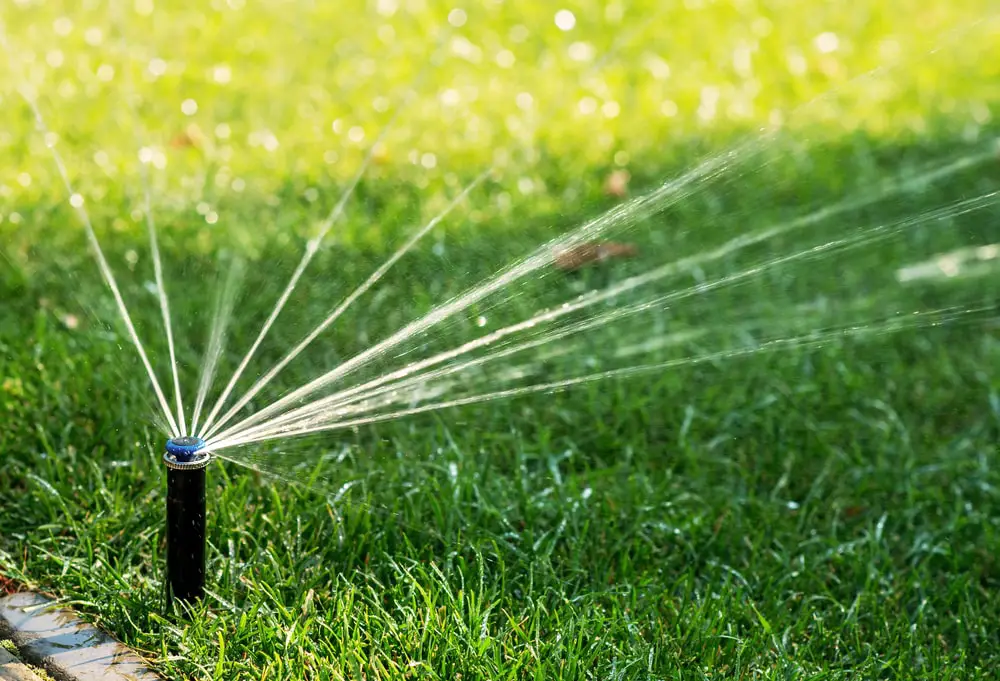.webp)
The Grounds Guys provide expert guidance on using pre-emergent herbicides to maintain a weed-free lawn.
|
Nothing can deflate the pride you have in your lawn quite like a yard full of scraggly weeds. Rather than battling crabgrass, dandelion, and chickweed each weekend, consider a better option. What if you could prevent weeds before they even start growing? That’s the beauty of pre-emergent herbicides.
In this article, we’ll tell you all about pre-emergent herbicides, including when and how to apply this gift to lawn aficionados everywhere. Ready to beat weeds before they can even think of growing roots in your lawn?
Table of Contents:
What Is a Pre-Emergent Herbicide?
The term pre-emergent herbicide may be a mouthful, but in plain English, it refers to a type of weed killer designed to prevent weeds from growing in your lawn. Pre-emergent weed control works by stopping the seeds of weeds from germinating or by killing young weed sprouts.
Pre-emergent herbicides come in many formulations, including selective and non-selective herbicides. Selective herbicides are designed to only attack specific plants, such as grassy weeds or broadleaf weeds. Non-selective herbicides, as the name implies, are indiscriminate plant killers. They target a broad spectrum of plants and may end up destroying your grass and garden plants.
Homeowners who only want to target weeds should stick with selective herbicides.
When Should You Apply Pre-Emergent Herbicide?
Ideally, you apply pre-emergent weed control before weeds begin to grow so that the formula can attack and destroy the seeds and seedlings. Therefore, the best time to put down this type of herbicide will depend on the growing cycle of the weeds you want to combat.
Late Winter/Early Spring
One of the most popular times to apply pre-emergent herbicides is in late winter or early spring. Many grass and broadleaf weeds germinate in early spring when soil temperatures reach 55 to 60 degrees. By applying your herbicide early, you can ensure these weeds don’t pop up with your spring flowers.
Late Spring/Early Summer
If you struggle with crabgrass in your lawn, then the best time to apply pre-emergent herbicides is in the late spring or early summer. Crabgrass is a warm-season annual weed and will typically germinate in late spring.
Late Summer/Early Fall
Troublesome winter annual weeds like annual bluegrass, henbit, and chickweed germinate in late summer. Protect your fall lawn by laying down some pre-emergent weed control during this time of year.
How Should You Apply Pre-Emergent Herbicides?
Pre-emergent herbicides come in two common forms: liquid and granular herbicides. The application process will be slightly different depending on the form of herbicide you use.
Prep Your Soil

Before you roll out your herbicide, prep your soil. Remove any existing weeds, rake up leaves, and get rid of any other yard debris. If your ground is uneven, lightly rake your soil to create a smooth, level surface.
Apply Granular Herbicide
.webp)
You’ll need an herbicide spreader if you want to use granular herbicide. Check the instructions on your herbicide, then calibrate the spreader to deliver the right amount of the weed preventer. Move back and forth over your lawn overlapping slightly to ensure full coverage.
Apply Liquid Herbicide

If you choose a liquid herbicide, you’ll need a sprayer. Check the instructions on your herbicide and calibrate the sprayer to deliver the correct dosage of herbicide. Start the sprayer and move through your yard to ensure an even distribution across your lawn. You may need to adjust the spray pattern or pressure level for optimal application.
Water Your Lawn

Most pre-emergent herbicides activate with water. You’ll want to thoroughly water your lawn right after you apply the herbicide. (Double check the instructions on your herbicide to confirm.) The water allows the herbicide to move into the soil and start doing its work.
Keep Off
Stay off your lawn and keep children and pets away until your grass is completely dry after watering. Check the directions of your pre-emergent weed control to confirm the appropriate waiting period before you can use your lawn again.
Need Help with Weeds?
Pre-emergent herbicides can be an excellent crabgrass preventer and help keep other weeds off your lawn. They aren’t perfect, however. In most cases, it’s best to use a combination of pre-emergent and post-emergent herbicides to keep your lawn weed-free.
If you don’t have the time or desire to keep up a consistent weed control schedule, contact us at The Grounds Guys®. Our team can perform ongoing weed control as a one-off project or as part of a larger landscape maintenance package. We will tailor the right weed control methods to your lawn depending on your area, soil type, and current lawn condition.
Have questions about Barricade pre-emergent or other types of weed killers? We’re happy to answer them and give you a personalized recommendation for your lawn. We also promise to show up on time, in uniform, and with a good attitude. That’s all part of our Neighborly Done Right Promise™.
Ready to enjoy a beautiful, weed-free lawn and garden? Find your local The Grounds Guys and request a free estimate today.